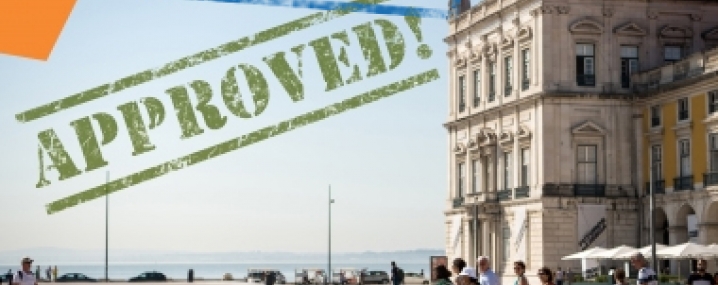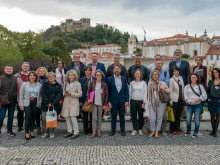Longford
Historically the city of Longford would have served a much wider geographical area as it was a vibrant Barracks city which brought substantial economic benefits and stimulated growth. This changed substantially over the years as the role of the Barracks lessened, with the result that the wider city economy suffered. This was further exacerbated by the recession and particularly the colIAPse of the construction sector that was particularly buoyant in the city, following numerous government tax relief schemes for new builds in the city area.
Longford’s main industries include food production, saw milling, tourism and a number of Industrial Development Agency (IDA) supported multinationals, encompassing sectors such as Engineering, BioPharma & Medical Devices, and Internet & Computer Technology industries. The settlement is also an important retail centre with a good retail offer suitable to its size. State and semi-state organisations also contribute substantially to the employment profile of the city and include decentralised government departments. Within the environs of the settlement, agriculture is a significant economic contributor with the value of agricultural output amounting to €88.5 million and 700 jobs supported in the County’s food and drink processing sector as a result of the agricultural economy. Recent years has seen a number of startup companies emerge that also support the economic profile of the area.
With regard to the characterization of the city, the following indicators with respect to the urban core are worth noting:
• A higher than average young population, with 20.6% aged 12 and under.
• The proportion of people aged 25-34 years is higher than the national average.
• 29.2% of households in the area are single person households.
• 26.3% are non-Irish nationals, with Polish people accounting for 9.8%.
• 6.4% of the settlement cannot speak English well or at all.
• Longford has the highest Irish Traveller populations per capita in the Country- almost
three times the national average.
• The largest community of Travellers is in Longford urban core where they account for
5% of the population.
• Deprivation in the city varies depending on proximity to the city centre, with the centre
classified as very disadvantaged, the surrounding areas disadvantaged, the outskirts
marginally below average and the surrounding rural area marginally above average.
• 45% of the city’s population had attained up to a 2nd level qualification while 45% had
attained a 3rd level qualification or higher.
• 3 small areas which were classified as very disadvantaged had a high proportion of
people with primary education only.
• Between 2006 and 2011, the level of unemployment in the city increased significantly
from 18% to 35%.
SOME RELATED NETWORKS
MAPS
UrbSecurity
Article
UrbSecurity - An Action-Plan Network for planning safer cities
News




